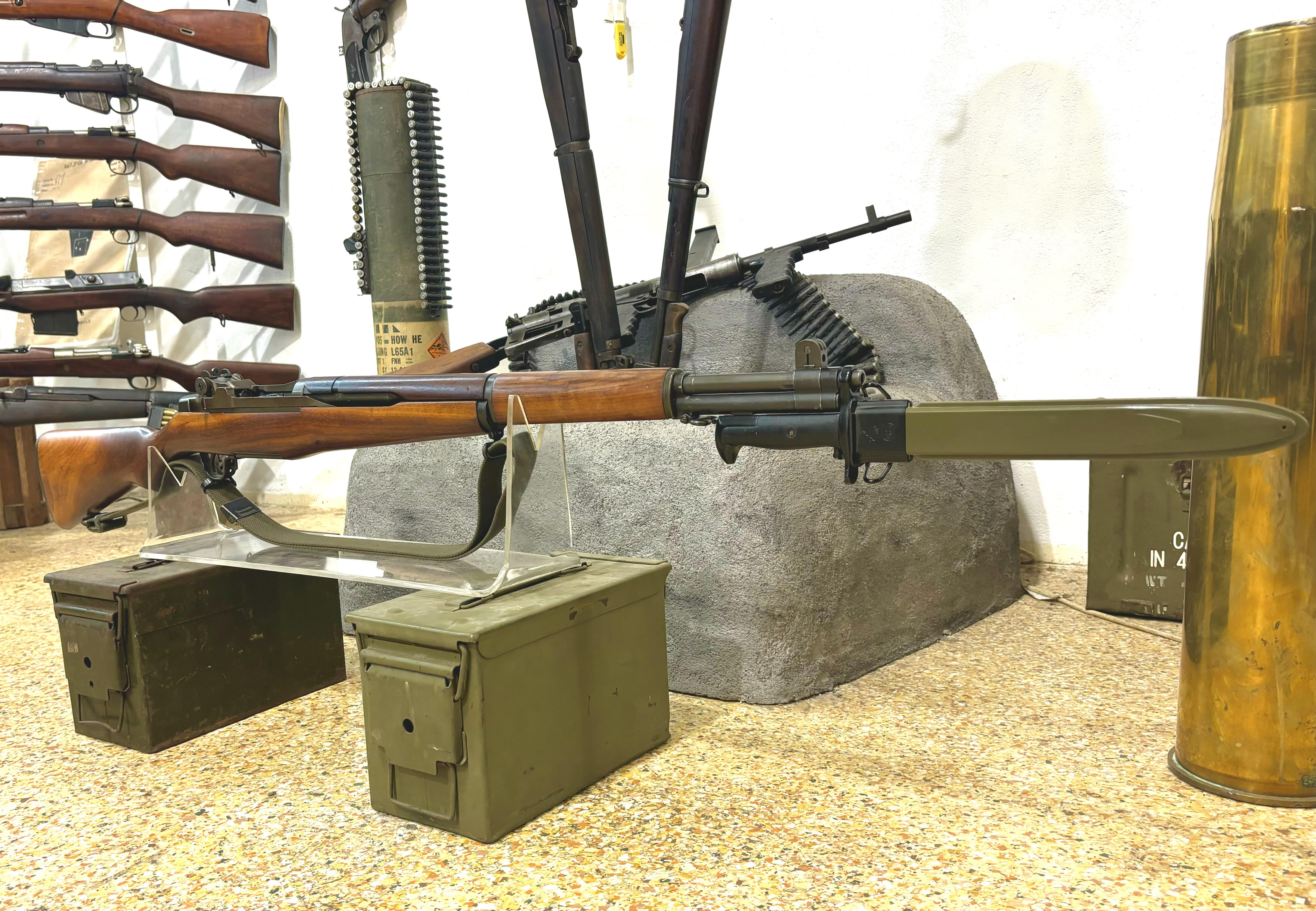
The M1 Garand
Happy Firearm Friday! This week we are covering a firearm we wrote an article about in 1981 in our Lock Stock and Barrel magazine. It is an incredibly Iconic Firearm that is responsible for a huge step in the technological development of friearms.

The creator of the M1, John Garand, was born in Quebec, Canada in 1888. He moved to the United States in 1909 and became a naturalized citizen in 1920. He began working for Springfield Armory as an engineer in 1919 and remained there until he retired in 1953. Garand designed the M1 rifle and then ceded all rights to the weapon to the U.S. government during 1936. So even though there were millions of M1 rifles made, John Garand never received any royalties for his famous design.

By 1925, Garand had worked out many of the problems facing this new rifle, but a change in the design of the Army's .30-06 cartridge made Garand's primer-activated system unworkable. Undaunted, he re-designed his rifle to be gas-operated. Additional challenges were posed when the Army abandoned the .30-06 in favor of the .276 cartridge; Garand adapted his design to work with the new round, and in 1929, this design was the winner in Army acceptance trials. Instead of entering production, Garand's rifle faced yet another obstacle, as Army Chief of Staff Douglas MacArthur insisted that the .30-06 be retained. Once again, Garand returned to his workshop and changed the design for use with the heavier cartridge. On January 9, 1936, the "U.S. Rifle, Caliber .30 M1" was adopted by the Army as its new battle rifle.

The M1 rifle has an internal magazine that is fed by an 8-round en-bloc clip. This one feature is the main source of confusion and complaints about the rifle. In the modern era, this clip-loading system seems cumbersome and limited. But John Garand’s design was in response to U.S. Ordnance requirements for a fixed, non-protruding magazine. A detachable magazine was considered to be too easily lost or damaged, and the magazine offered too easy an entry point for dirt and moisture. At that time, some also considered a protruding magazine to be a hindrance to prone position firing.

The distinctive “ping” heard after the last round is fired and the clip is ejected was the source of some discussion during the war, and then in strange folklore about the M1 rifle ever since. Claims have been made that some U.S. troops were killed because their enemy knew they were out of ammunition after hearing the sound of an M1 clip ejecting. However, there are no documented cases of any American warrior killed or wounded in this type of situation.

A little more than 5.4 million M1 rifles were made, and the lion’s share of these were produced during World War II. Production was slow until 1941, then increasing dramatically as war appeared imminent. Springfield Armory handled most of the World War II production, with a smaller amount of rifles made by Winchester. During the latter part of the Korean War, the Department of Defense increased production again, awarding contracts to International Harvester and Harrington & Richardson. The last M1 rifles were made at Springfield Armory in early 1957.

So, the M1 Rifle has the blessing, and the curse, of being the first semi-auto rifle adopted for service. Remember we are talking about a rifle developed during the 1920s — our current expectations of a military rifle are so high because the M1 design worked so well back then.

Fresh from victory in World War II, General Patton described the M1 Rifle in glowing terms, calling it: “The greatest battle implement ever devised.” From buck private to supreme commander, the rifle’s record of achievement speaks for itself. Who am I to argue with General Patton? Even John Garand was moved to say about his creation: “She is a pretty good gun, I think.” She’s definitely good enough for me.














